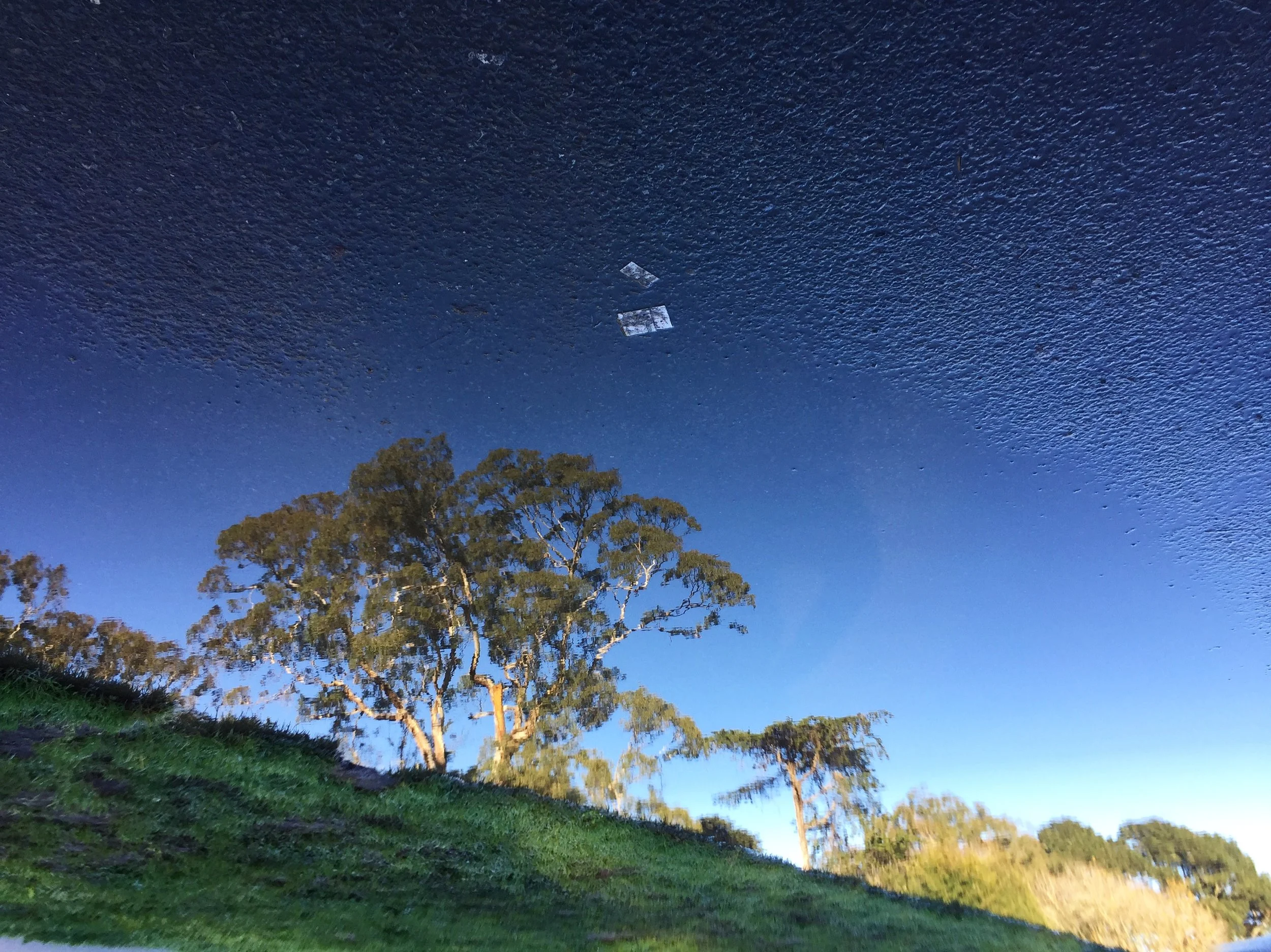emails to a friend on the Whitney Biennial part 1
Hello!
I am still processing the Biennial myself. So far I like Jerry Saltz's review best, ironic that he is married to Roberta Smith. I agree with Saltz's assessment of the mood at the Biennial, which he calls "pertinent", and I would characterize as "full-throated", with both the good and less-good implications. I also had M— in tow as I ambled through the Biennial so I feel like some of my emotional responses were tempered by the needs to entertain and survey a toddler.
The inclusion of non-white and women artists really made a big difference. By the time I got to the Whitney, I had been through most of the other major NYC museums, and still I was struck by the color and vibrancy of the works at the Biennial. I liked that multiple works by the same artists were included. I liked the focus on painting. One artist not mentioned by the reviews whose work I liked is Aliza Nisenbaum, especially her painting “MOIA’s NYC Women’s Cabinet” (2016). Which to me continues the important tradition of group paintings, and rightly making women activists as the subject.
The paintings of Celeste Dupuy-Spencer reminded me of works by Liu Xiaodong, especially the ones from this exhibition: (http://ucca.org.cn/en/exhibition/liu-xiaodong-hometown-boy/), in subject matter and composition, and even some use of color. I would be very curious if she had ever encountered his work. Or perhaps it is the emotional empathy both have for their paintings and subjects.
The works by KAYA (Kerstin Brätsch and Debo Eilers) made me feel uncomfortable. I still don't quite know what to make of them.
The Asad Raza installation, “Root sequence. Mother tongue” (2017), with flowering trees and carefully selected guides who start conversations seemed precious, but actually was very welcome, especially after walking through the galleries with its plethora of intense subject matters. I know mine will be a minority experience, but I really appreciated that a thoughtful stranger knelt on the ground and talked to M— about the trees and objects for a full five minutes. It was a work that allowed for moments of pause and intimacy, which you rightly intuited, was otherwise lacking at the Biennial.
The Jessi Reaves piece "Herman's Dress", which is an old Herman Miller couch covered in pink organza, was thought-provoking in its total accessibility. Maddie and I sat on it, for a moment next to a woman who was breastfeeding her baby. And then my friend Christine came, and Maddie wanted to sit away from us, so she did. The pink fabric seems like a shield and a disguise, something I as a woman can relate to. This understanding about the work was a revelation that came much later, which also feel more poignant.
Overall I enjoyed the exhibition. It was exhilarating to see the many non-white names and faces on the walls. It felt embracing in a way that America really has not for many months, especially since January. So for that alone it is prophetic, urgent, and necessary.
I can't wait to see the new video! And still yes to Skype date and seeing you when you are next in SF.
Much love,
JiaJing
